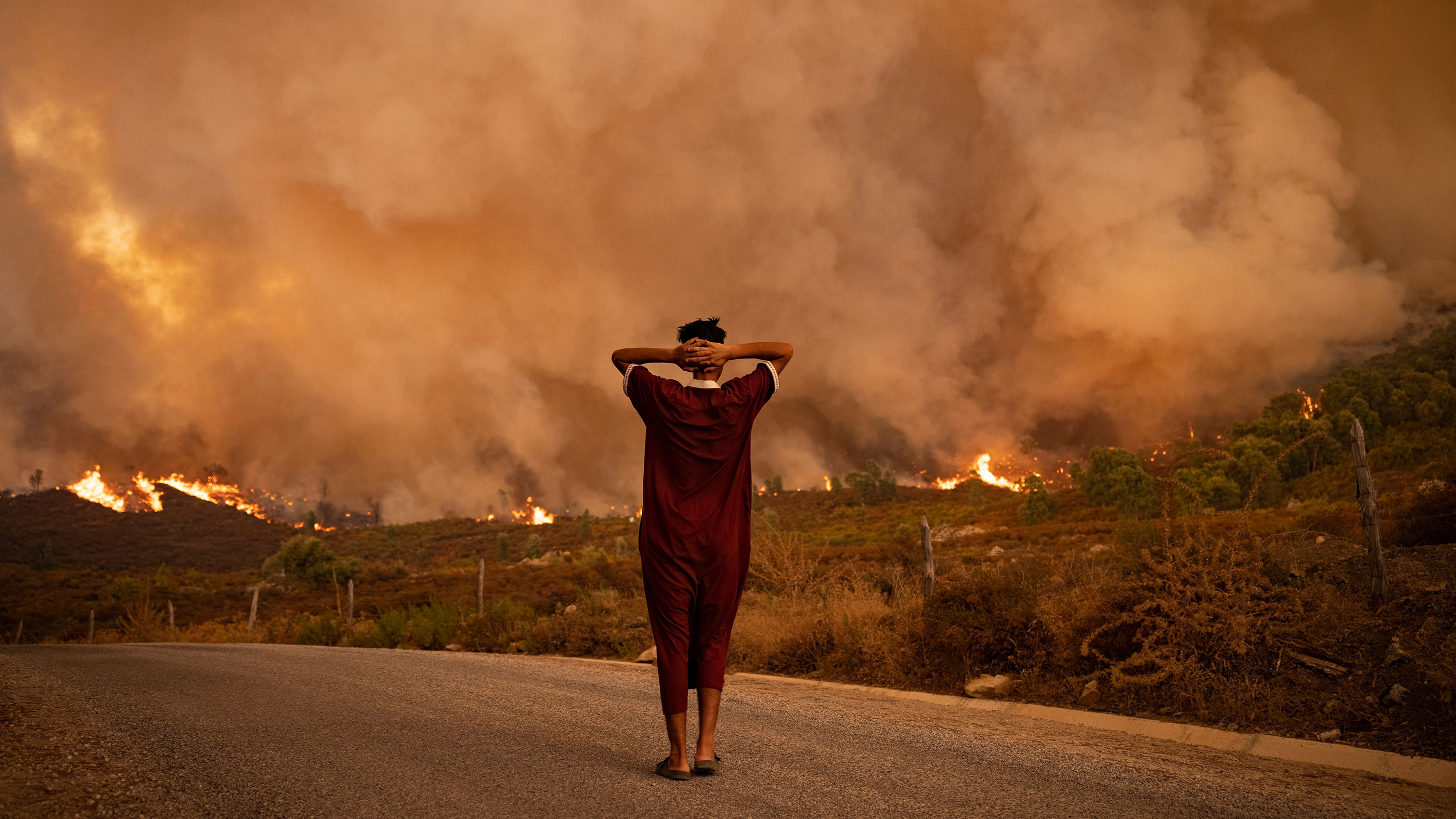Climate change will drive animals to cooler areas, where their first encounters with other species will vastly increase the risk of new viruses infecting humans, raising the risk of another pandemic, according to researchers on Thursday.
According to a study published in the journal Nature, there are currently at least 10,000 viruses with the ability to cross over into humans “circulating silently” among wild mammals, mostly in the depths of tropical forests.
Although not all viruses will spread to humans or become pandemics the size of the coronavirus, the number of cross-species viruses increases the risk of spread to humans. Researchers said at a media briefing on Wednesday that there had been less research into how climate change could influence disease transmission, despite previous research into how deforestation and extinction, as well as wildlife trade, could lead to animal-human disease transmission.
Climate change and infectious disease experts agreed that a warming planet will likely increase the risk of the emergence of new viruses.

“We don’t talk about climate a lot in the context of zoonoses,” which are diseases that can spread from animals to humans, according to study co-author Colin Carlson, an assistant professor of biology at Georgetown University. “Our research… combines the two most pressing global crises we face.”
Carlson wrote the latest Intergovernmental Panel on Climate Change report, in which he stated that we must reduce greenhouse gas emissions and phase out fossil fuels to reduce the risk of infectious disease spread. The most recent IPCC report stated how to prevent climate change and discovered that carbon removal from the atmosphere, for which there is currently no technology, is critical.
Another critical factor would be reducing energy demand, with IPCC researchers predicting that total global energy demand will collapse over the next few decades.
According to the Nature report, at least 15,000 new cross-species viral transmissions are expected by 2070 if the world warms by 2° Celsius, the worst-case scenario under the Paris Agreement. According to the World Health Organization, COVID-19 was most likely transmitted from animal to human.
“This is happening,” said Gregory Albery, a disease ecologist at Georgetown University and co-author of the study. “Even in the best-case climate change scenarios, it is not preventable, and we need to put measures in place to build health infrastructure to protect animal and human populations.”







































